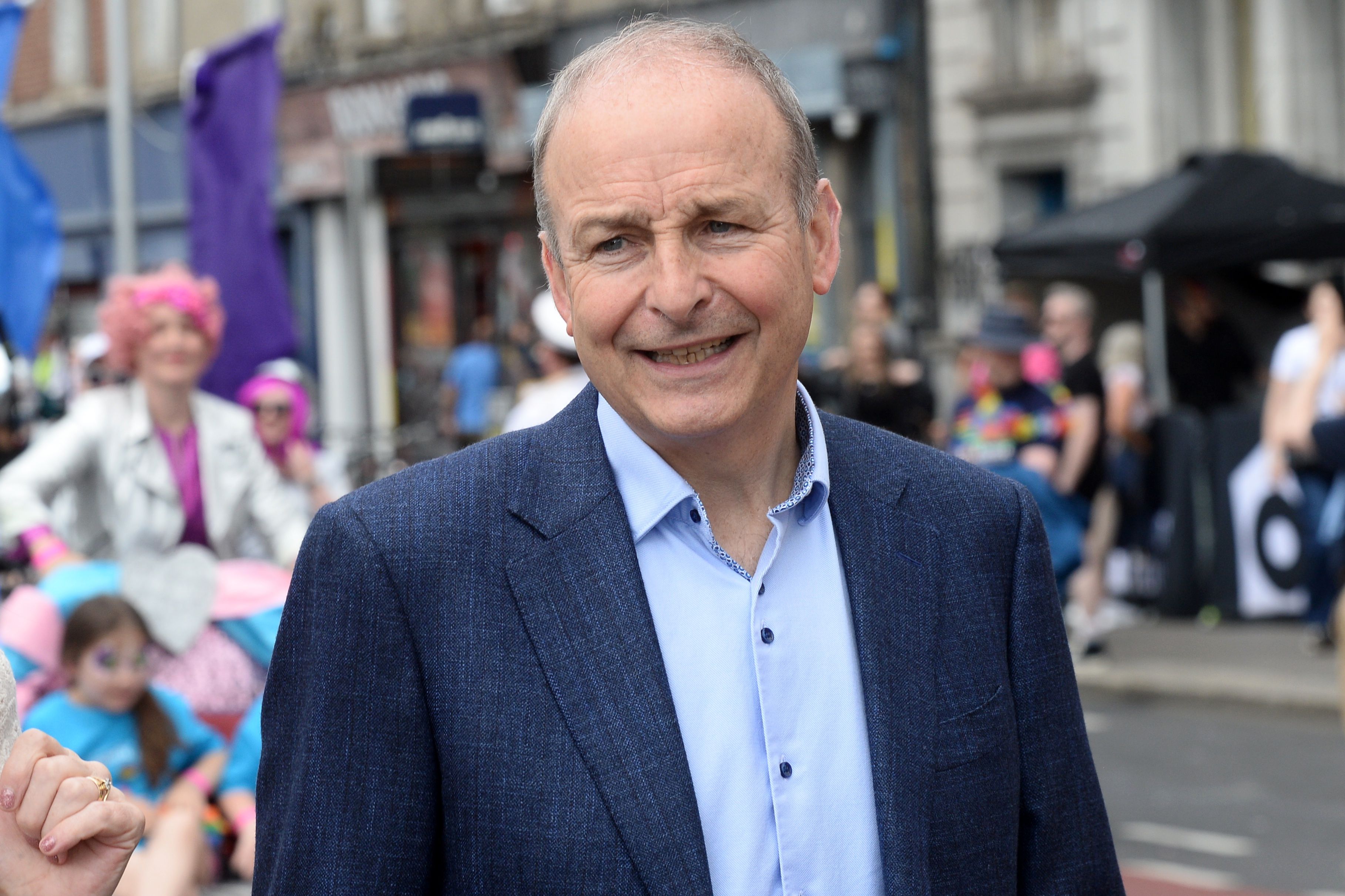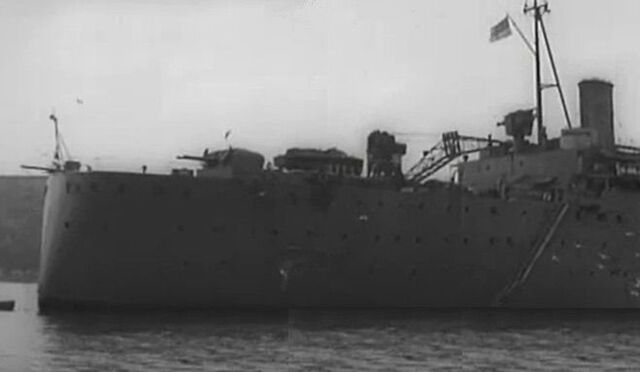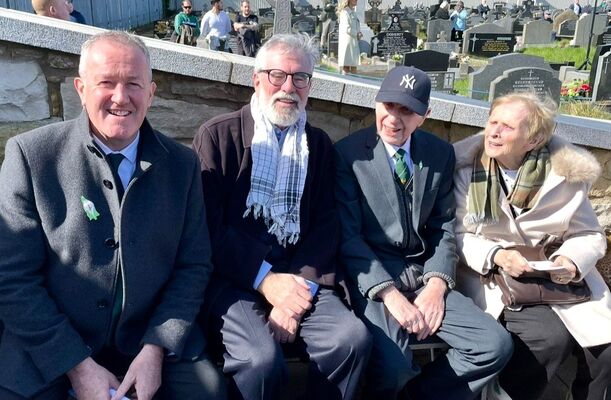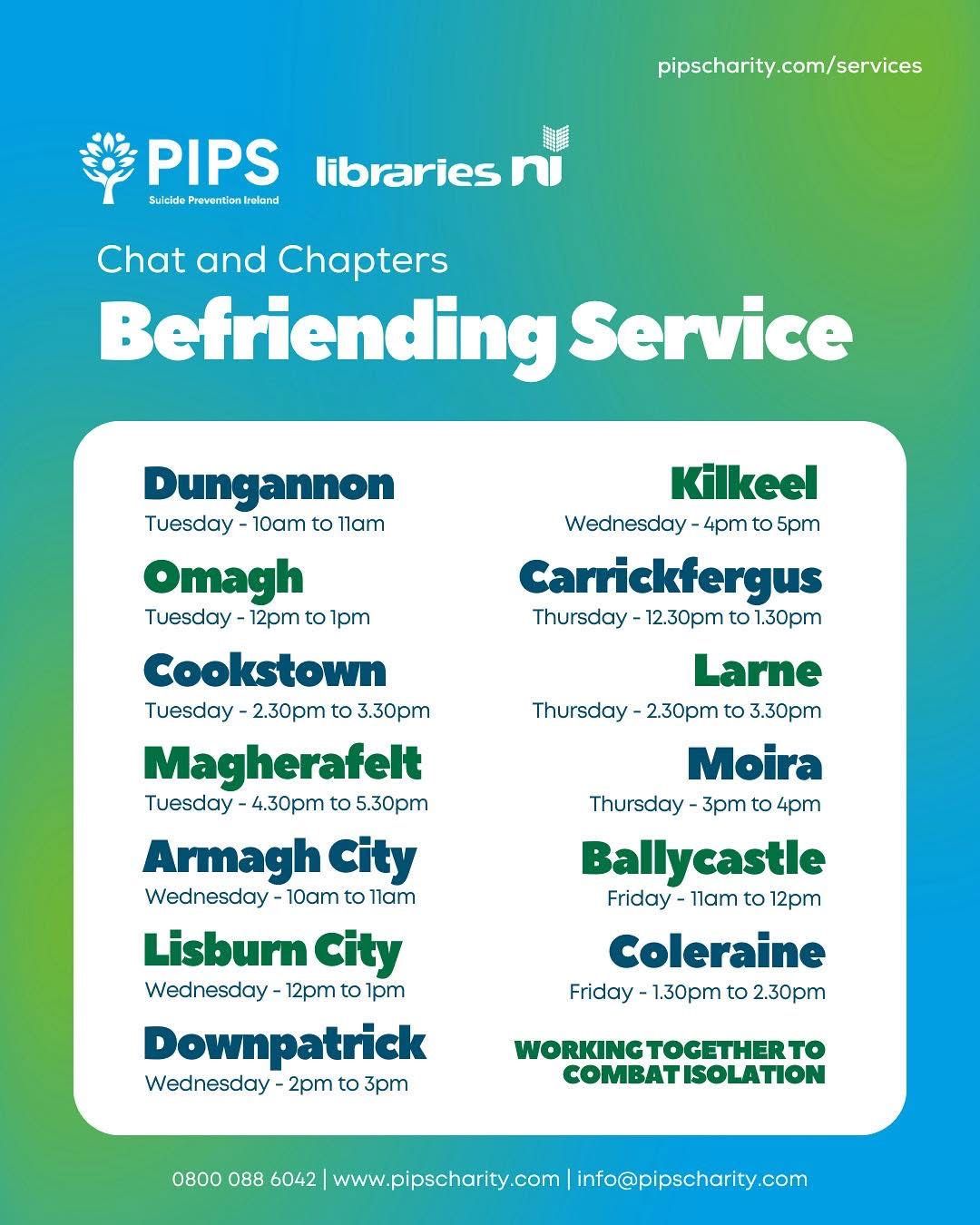THE decision by Fianna Fáil Presidential candidate Jim Gavin to withdraw from the contest means the race is now between Independent Catherine Connolly and Fine Gael’s Heather Humphreys.
But what of the man who asked Gavin to stand? Suffice to say I am not a supporter of Micheál Martin. There is nothing personal in this. I have seen at close quarters how he works and I am not impressed. How Fianna Fáil responds to this debacle which its leader landed it in will determine how it faces into the future. Because the process by which Jim Gavin became the Fianna Fáil candidate says more about Fianna Fáil and how Micheál Martin runs it than anything else. No leader can ignore or disregard the views of grassroots or other activists. Diktat may keep a leader in place if he has the guile and resilience to survive. But for what purpose? Especially for a party which is proclaims itself to be republican. Micheál’s instinct will be to brazen it out. But he can only do that if the party lets him. And that risks the party completely losing its sense of itself.
Mr Martin’s negative approach to the Good Friday Agreement and the unity referendum it provides for amounts to a refusal to fulfil his obligations under the Good Friday Agreement, the Irish Constitution and Fianna Fáil’s own aims and objectives.
Micheál Martin’s attitude to these issues is not unusual for Southern political leaders.
Many are well disposed to Irish unity, like most Irish people, but the Southern establishment is deeply partitionist. So, the attitude of its leaders on the North is generally rhetorical, verbalised republicanism with no plan or strategy to deliver the unity referendum and to win it.
Ditto with its attitude to the British government. The recent agreement between Dublin and London on legacy issues casts Dublin as a junior partner. The agreement includes a side deal by the British government to give protection to its forces. We have all been here before, especially families of the victims of the conflict. Micheál Martin knows this.
And yet he goes along with it.
But where he does differ from other Southern leaders is that he rules out a unity referendum on his watch. He is clear and unequivocal on this. He also refuses to plan for the future. To engage with unionist opinion. To engage with nationalist opinion in the North. His stance is at odds with both the SDLP and Sinn Féin positions. And arguably with Fianna Fail grassroots.
And that also says a lot about Fianna Fáil at this time. We now know there will be no Fianna Fáil President elected on October 24. The challenge is to get Catherine Connolly elected. But the chore of getting Fianna Fáil to face up to its national responsibilities continues. Hopefully Micheál Martin’s most recent miscalculation may assist this.
Ian was a risk-taker and a peace-maker
ANOTHER friend of mine died last week. An Orangeman, Ian Milne. He was also an undertaker. I met Ian in 2003 in Dublin Castle when he spoke at the Forum for Peace and Reconciliation. I thought it was a very good initiative by him in an effort to find a resolution of the Drumcree stand-off caused when the Portadown Orangemen refused to accept a ruling by the Parades Commission preventing them from marching down Garvaghy Road.
After the event we bumped into each other in the men’s room. In those days men’s rooms were the main venue for the many first informal off-the-record words between me and some unionists. I told him that Sinn Féin would talk to the Orange if that would be helpful. Ian was very friendly, although he was at pains to tell me that he wouldn’t reveal at that time that he talked to me.
RIP: Ian Milne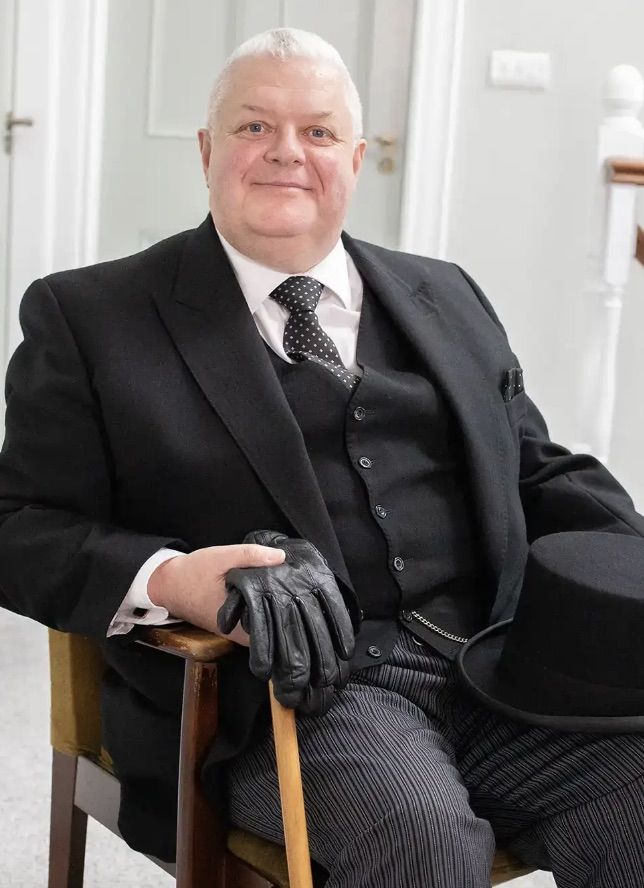
Eventually we did do the meeting with some Portadown Orangemen. It was in Conway Mill and while it didn’t resolve the issues it was a very worthwhile and informative discussion. It’s good to talk. And to listen. Ian was also in dialogue with Seán Murray for over twenty years as part of their efforts to advance reconciliation.
In 2007 Ian and I met again at the wedding of a mutual friend. We enjoyed a good afternoon’s craic together. Since then we were in regular contact until a wee while before his death. He phoned me often about the ongoing political situation and also about other matters, including the Tandragee 100. Motorbike road racing was one of Ian’s passions. He also took to using little phases in Irish when talking or texting me. We both enjoyed that. He could be funny, quirky and outspoken. I am sorry to hear that he has left us. My commiserations to Ian’s family and friends.
Retired Church of Ireland Archbishop Alan Harper said the respected funeral director was “by turns soldier, policeman, prison officer” and risk-taker, who was “prepared to do what few others were prepared to do: the quiet, confidential but risky work of also being a peace-maker.”
Ian Milne, a father-of-three, died aged 64 on September 28.
Manchán a huge loss to those who love our language and heritage
Manchán Magan also died last week. His death, at the age of 55, is a huge loss for his wife Aisling, his mother Cróine, his brothers Ríoch and Ruán and his sister Líadain. It is also an immeasurable loss to Ireland and to all of us who love the Irish language, nature, our culture and heritage.
Manchán’s books, his travel documentaries and interviews and his many articles on Ireland and the Irish language provide an amazing insight into who we are as a people. His writings are inspirational, always informative, and enormously enjoyable.
They show how Irish speaks more to our environment and way of life than English ever can. Manchán Magan understood this. He embraced it. And his words provide a beautiful, perceptive insight into this.
RIP: Manchán Magan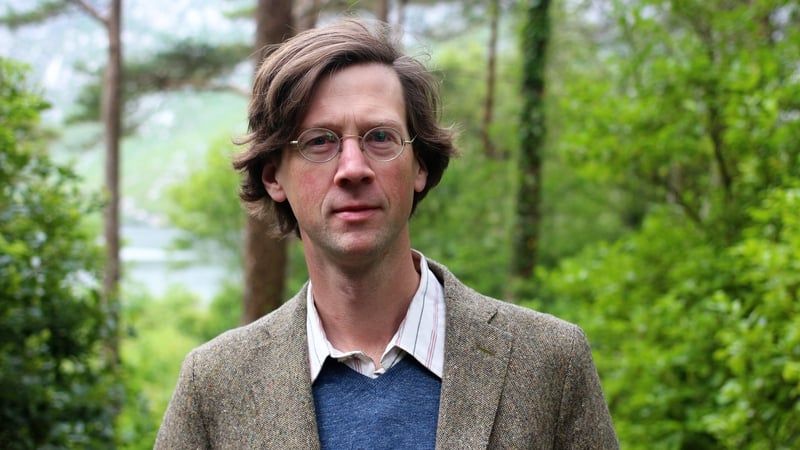
Manchán is the grandson of Sighle Humphreys, a senior figure in Cumann na mBan, a founding member of the Irish Volunteers Dependents Fund and an anti-Treaty activist who was imprisoned in Kilmainham in 1922 and 1923. Sighle remained a republican until her death in 1994. His great grand uncle was The O’Rahilly, who was in the GPO in 1916 He was shot dead in Moore Street after the Volunteers evacuated the GPO. In his bestselling book, ‘Thirty-Two Words for Field’ Manchán credits his grandmother with beginning his journey into the Irish language. One day he asked her what the word for a ‘hole’ was. She replied: “Do you mean one dug into the ground by an animal. That’s an uachas. Or one made by fish in a sandy riverbed for spawning? That’s a saothar. Or if it’s been hollowed out by the hoofs of beasts and then filled with rain it’s a plobán...” And that’s how it began for him.
In Thirty-Two Words for Field Machán describes how our landscape may look like an “anonymous expanse of indistinguishable fields” but in the Irish language, and to those who have been cultivating the land for thousands of years, “each field has its own word, depending on its characteristics and function...
“Geamhar is a field of corn grass, biorrach is a marshy field, branar is a fallow field. Cuibhreann is a tilled field worked in partnership with a neighbour, tuar a night field for cattle. Cluain is a meadow field between two woods, tamhnacht an arable field in an arid area. Réidhleán is a field for games and dancing, plás a field for spreading flax or hay; plásóg a sheltered field in which a mare would foal and there are many, many more, including cathairín which is a field with a fairy-dwelling in it.”
In one part of the book Manchán turns to the issue of ‘Curses’ which “extends beyond mere name-calling or petty insults.” For example:
Go n-ithe an chráin mhíolach thú. (May the louse-infested sow eat you.)
Cré na cille chugat. (May the earth of the graveyard engulf you.)
Go bhfana an bhuinneach choíche ort. (May you suffer from diarrhoea for ever.)
If you get a chance type Manchán’s name into YouTube. There you will discover ‘No Béarla’, a documentary series in which he travelled through Ireland speaking only Irish. He had been planning another series in this mode along with Moglaí Bap or Naoise of Kneecap.
Or Crainn na hÉireann in which he identifies native trees. You will discover interviews he has given to others, including Anthony Murphy of Mythical Ireland.
A few Saturdays ago Brendan O’Connor did a remarkable interview with Manchán on his RTE radio show. It is available on the RTE player. Manchán came out of hospital to do the interview and to talk about his illness and his work, including his latest book ‘Ninety-Nine Words for Rain (and One for Sun)’. Published by Gill Books.
This interview will tell you more about the man than my words ever can. It is about death, about the world, the other world of spirituality, our language, its richness, vitality and variety and its importance to us as a people.

